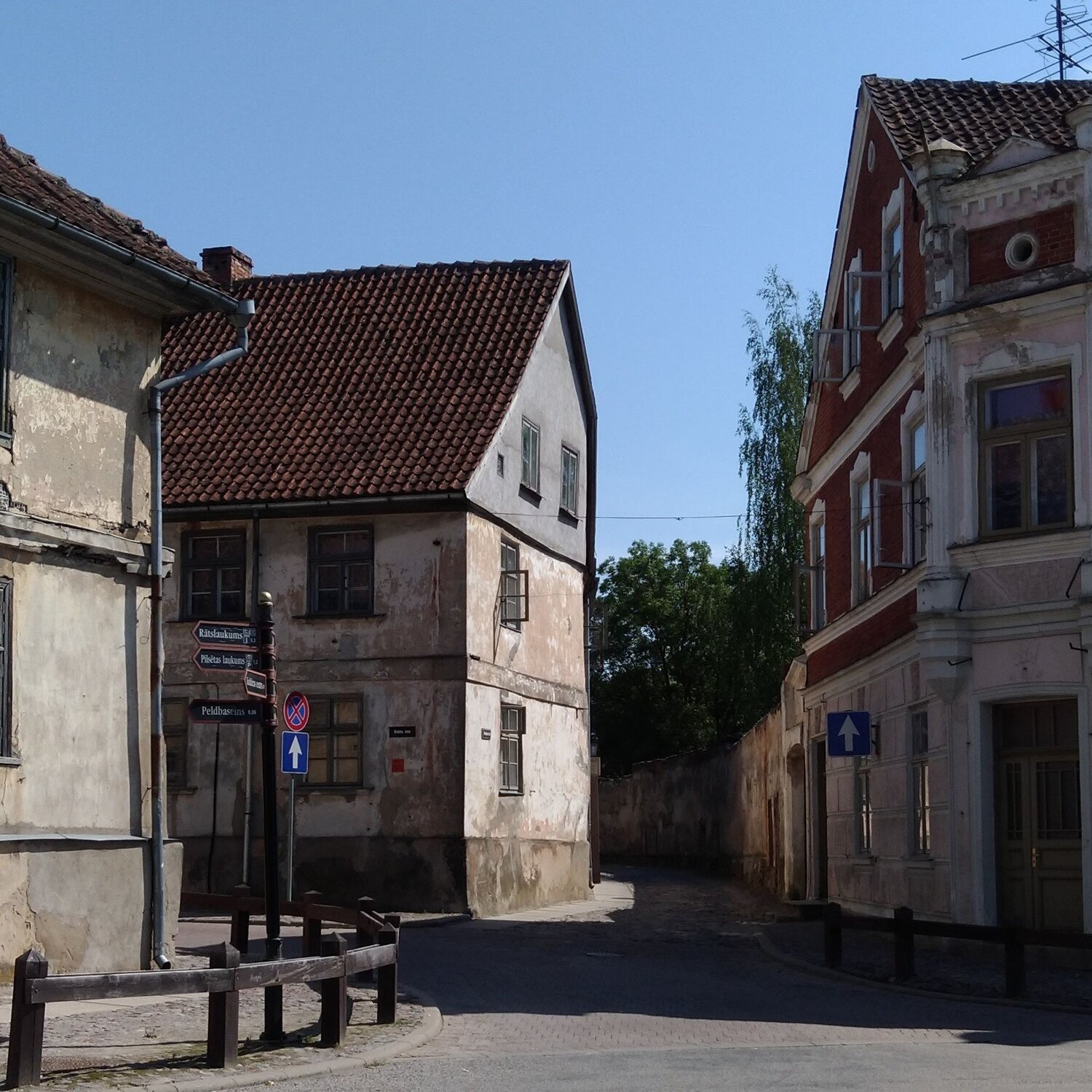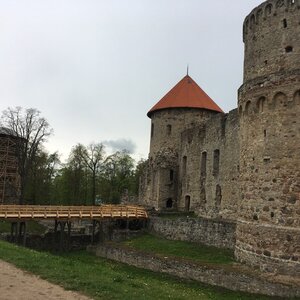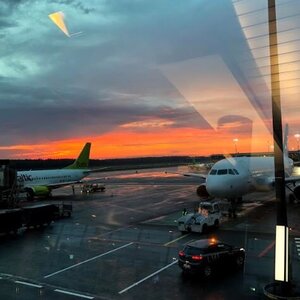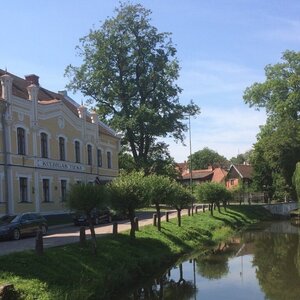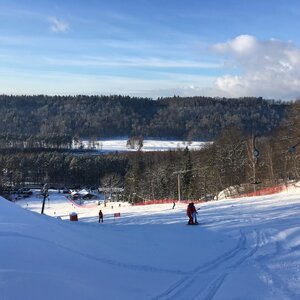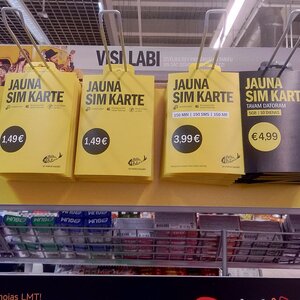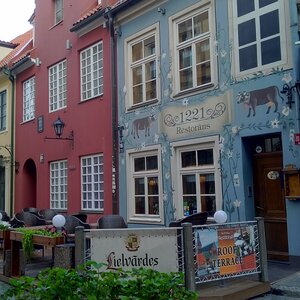Best cities near Riga
All the most interesting cities near Riga are only 1—3 hours away from the Latvian capital. The country is small, transportation is excellent, and there are beautiful landscapes along the way. Nothing will prevent you from getting bright emotions from visiting Riga’s surroundings.
I will share some useful information. In Latvia, the stress is placed on the first syllable. This rule also applies to the names of cities. Locals are pleased to hear a tourist say Sigulda instead of Sigulda, Kuldiga instead of Kuldiga.
Kuldīga (Kuldīga)
The first city I met outside Riga was Kuldiga. A small authentic settlement with miniature houses, well-maintained and relaxed, with its own zest. The town can be reached quickly by bus and car. It is not far from the station to important sights.
The main attraction of Kuldiga is Ventas rumba — the widest waterfall in Europe. In normal times, the width of the stream is 100—110 meters, but in high water the figure rises to 270 meters. The height is only 2 meters. The waterfall is small, but it is a spectacular sight.
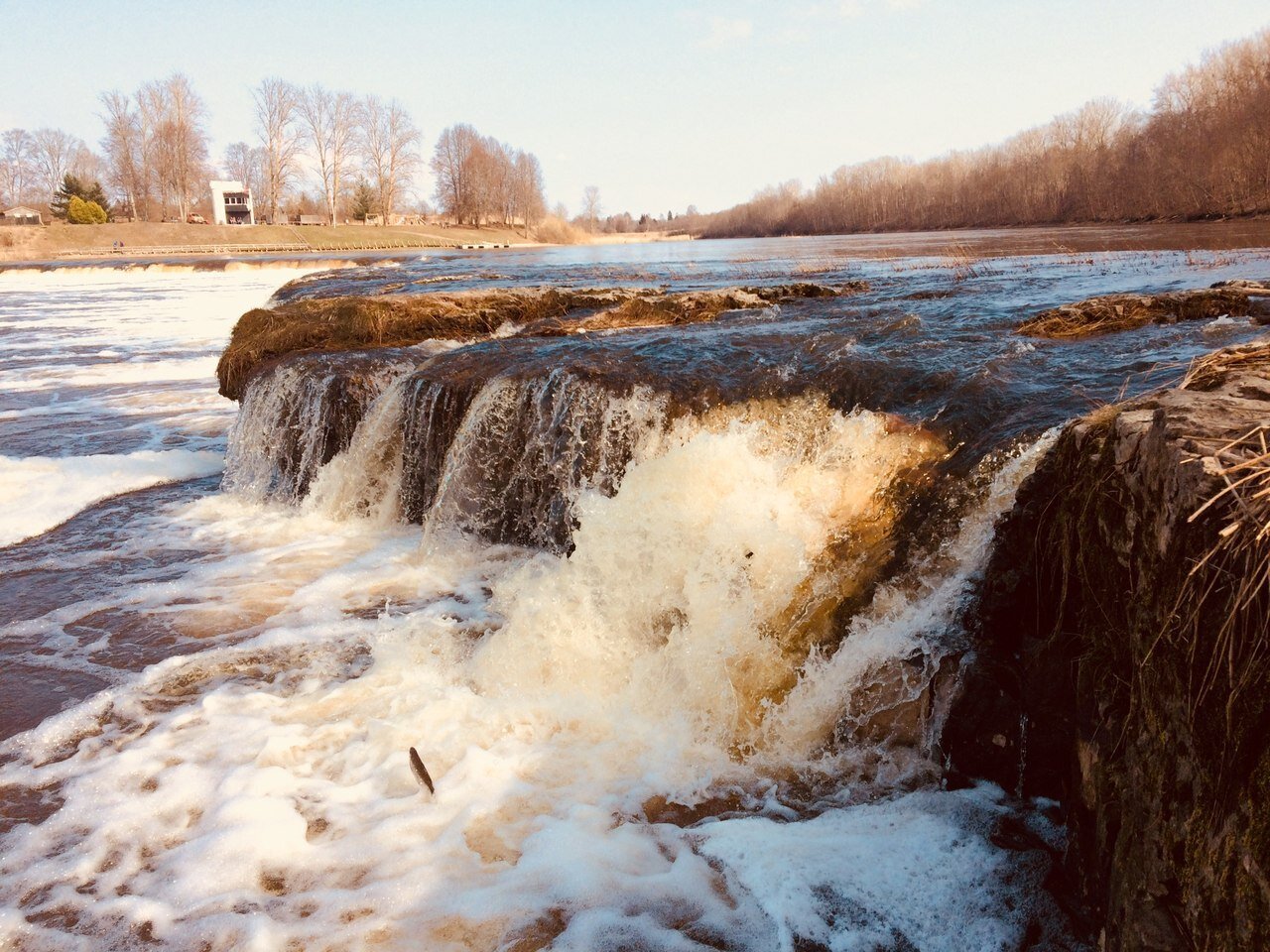
The waterfall can be viewed from the observation deck next to the cafe or from the old brick bridge. You can go down and walk along the rapids (it is safe). In spring and fall, fish that come to spawn try to jump on the rapids. In the 19th century, this feature was used to catch salmon right out of the air.
What to do in Kuldiga:
- stroll along the main promenade Liepājas iela between 17th and 19th century houses with tiled roofs;
- visit the city garden with a lush columbarium, fountains and outdoor movies;
- take a picture with the sculpture of Ewald Walters (the actor lived for 100 years);
- Visit St. Catherine’s Church (1252) and St. Anne’s Church (1902), the Old and New Town Hall;
- go into the courtyard of the residential quarter, where houses stand along the river and bridges are crossed (for this Kuldiga is called «the Venice of Latvia»);
- to try pretzels at one of the cafes.
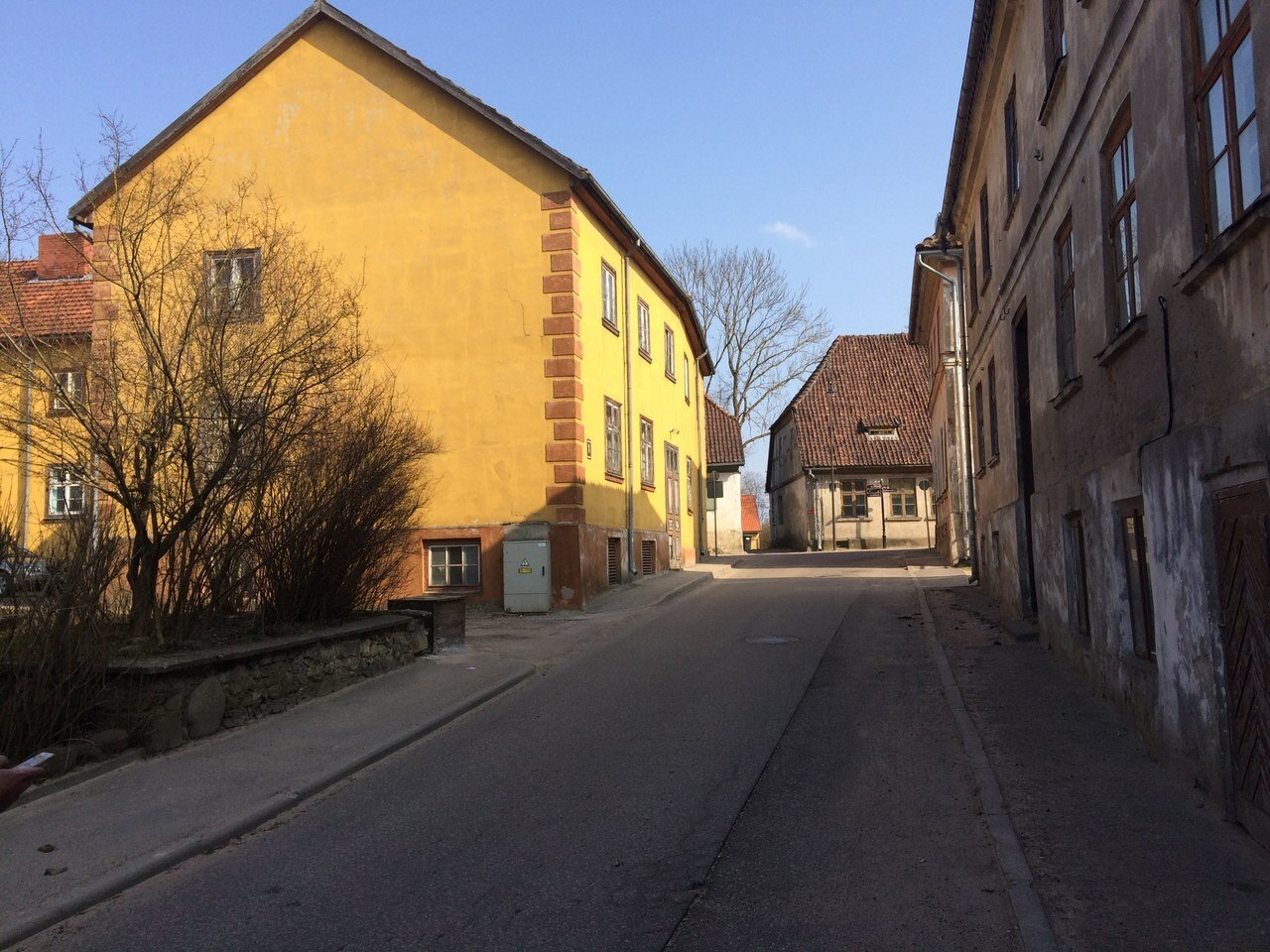
Kuldiga stands out among the cities of Latvia. The settlement appeared in 1242. For a long time it was the center of Courland. The architecture was not damaged even during the war, so it is authentic all around.
- How to get there: from the main station by bus and by car to the final stop Kuldiga.
- Frequency: every hour from 7:00 to 20:10.
- Travel time: 2.5—3 hours.
- Cost: 6,40 € one way.
Sigulda
Sigulda, 53 km from Riga, is a hilly town with marvelous views, nature and castles. There is entertainment, plenty for active and extreme recreation. Most in the Gauja National Park or, as it is called, «Latvian Switzerland».
The national park is located in a valley and covers more than 90 thousand hectares. The pride of Gauja is nature. There are several caves here. The largest is Gutman’s Cave, the longest is the Blacksmith’s Cave, the most unusual is Liela Ellite, and the Devil’s Cave is suitable for everyone.
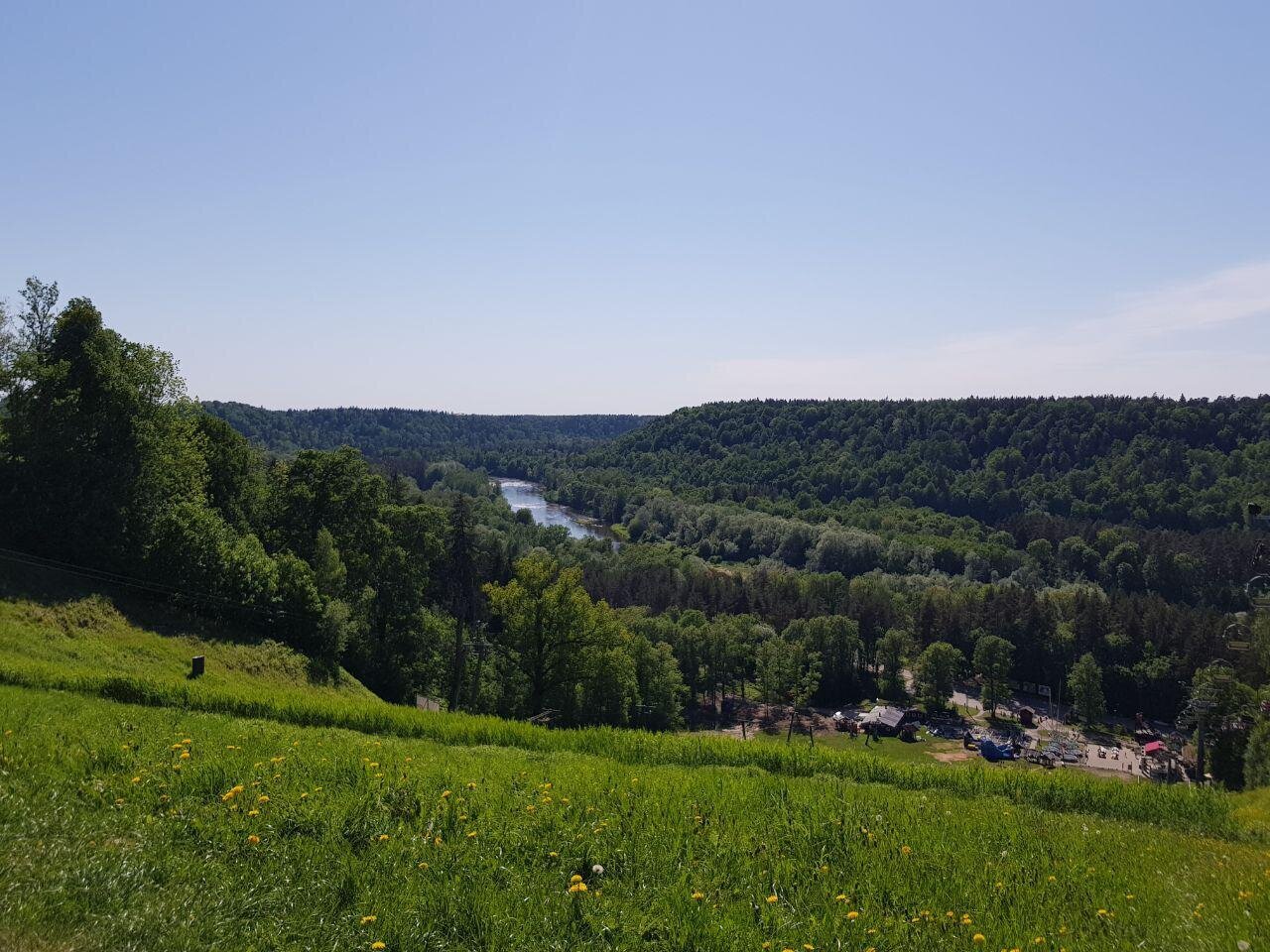
The Gauja River flows through the park. Its bank is decorated with rocks (Ergļu, Kuku, Līču-Langu) and cliffs (Zvartes, Dzilnas). The Zērglis ropeway stretches at a height of 43 meters. The length is 1020 meters. Every 30 minutes a carriage leaves. The ticket price is 7 € one way, 12 € both ways. It is open from 10:00 to 18:30 from May to October.
There are many historical and cultural monuments in the park:
- the ruins of Sigulda Castle, the history of which dates back to the 11th century;
- Thirteenth-century Turaida Castle on a hill, the manor house next to it, a church and a viewing platform;
- A lake castle on an islet in the middle of Lake Araishu.
While walking along the trails, you can see old churches, mills, and the 17th century Baroque manor houses of German barons.
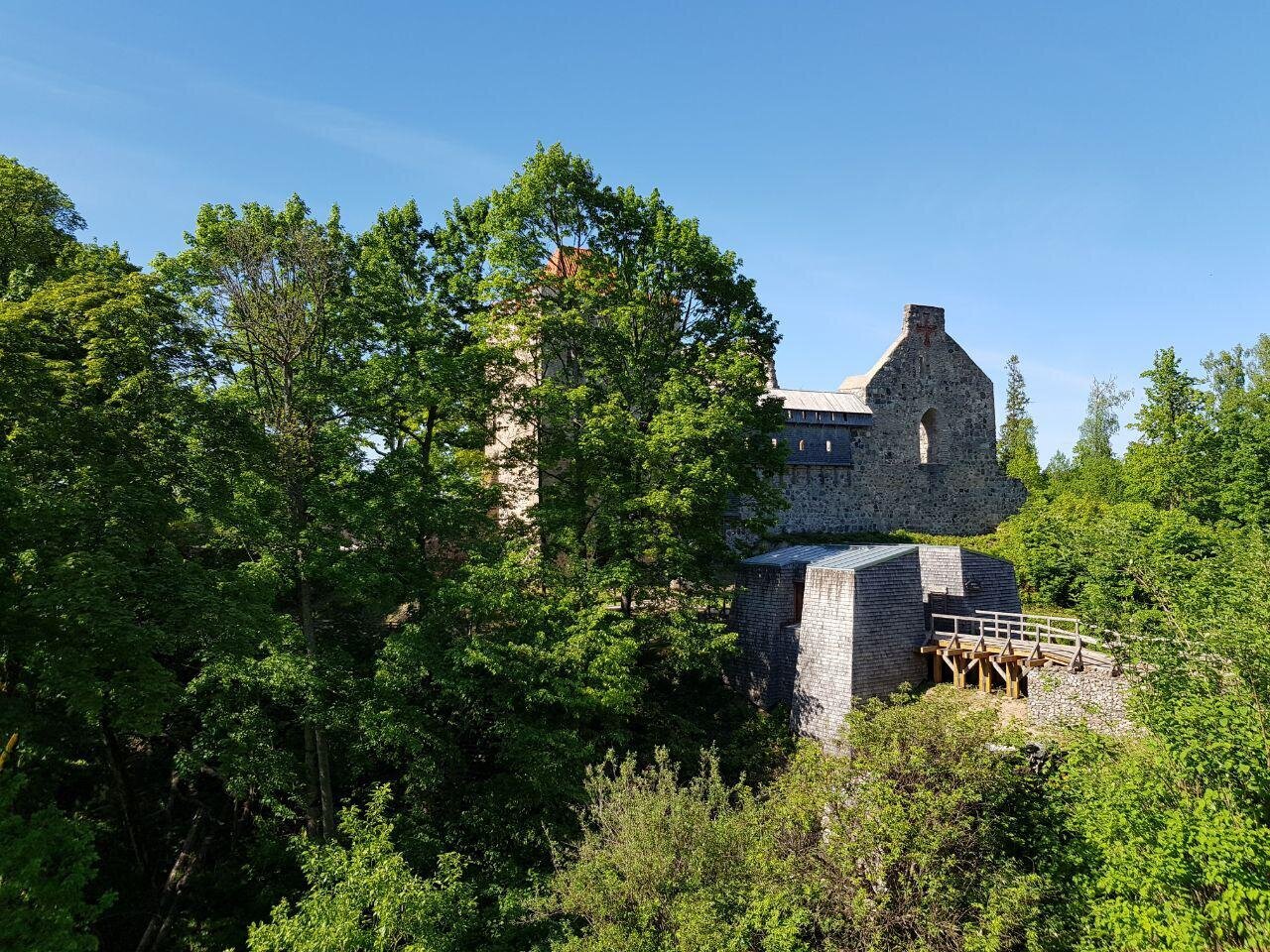
There are plenty of places for active recreation in Sigulda:
- rubber band jumping from the cable car (60 €);
- luge and bobsleigh track, available in any season;
- Mezakatis Altitude Adventure Park;
- Aerodium vertical wind tunnel;
- several bike, river and ski trails.
The best time to visit Sigulda is in the fall. At this time the park is covered with red and yellow leaves. Before the cold weather sets in, you can rent a boat and go 25—45 km down the river.
- How to get there: by train and bus from the main station.
- Frequency: every hour from 6:21 to 21:35.
- Travel time: by bus 1 hour, by train 40 minutes.
- Cost: by train 1,90 € one way, 3,71 € both ways, by bus 2,50 €.
Cēsis
Cesis is not far from Sigulda, but is a little more atmospheric and quiet. Here you can take a leisurely stroll through the streets and explore the architectural monuments of the region. If you need more activity, you can go to the Gauja National Park, and in winter to the Ozolkalns or Žagarkalns ski center.
The main attraction of Cesis is the castle complex. It includes the Medieval and New Castle, the Castle and May Park, and the Exhibition House. Excursions are conducted in the complex. You can visit the museum, go down to the cellar with a candle or climb to the observation deck in the Lademacher Tower. The cost depends on the program.
- How to get there: from the train station by bus or train.
- Frequency: trains from 6:21 to 18:49 (5 trips), buses every hour from 6:20 to 22:50.
- Travel time: train 1 hour 15 minutes, bus 1 hour 40 minutes.
- Cost: bus ticket €4.15, train ticket €3.50.
Ventspils (Ventspils)
One of the most interesting and memorable cities in Latvia is located on the Baltic Sea coast (most of it on the Gulf of Riga). It used to be a port. The city grew rich and developed, a lot was invested in the external appearance of Ventspils, and it is still noticeable today.
There are paid and free tourist places in Ventspils. In the paid ones you can pay with local currency — venti. This money can be earned on the city’s website by performing tasks.
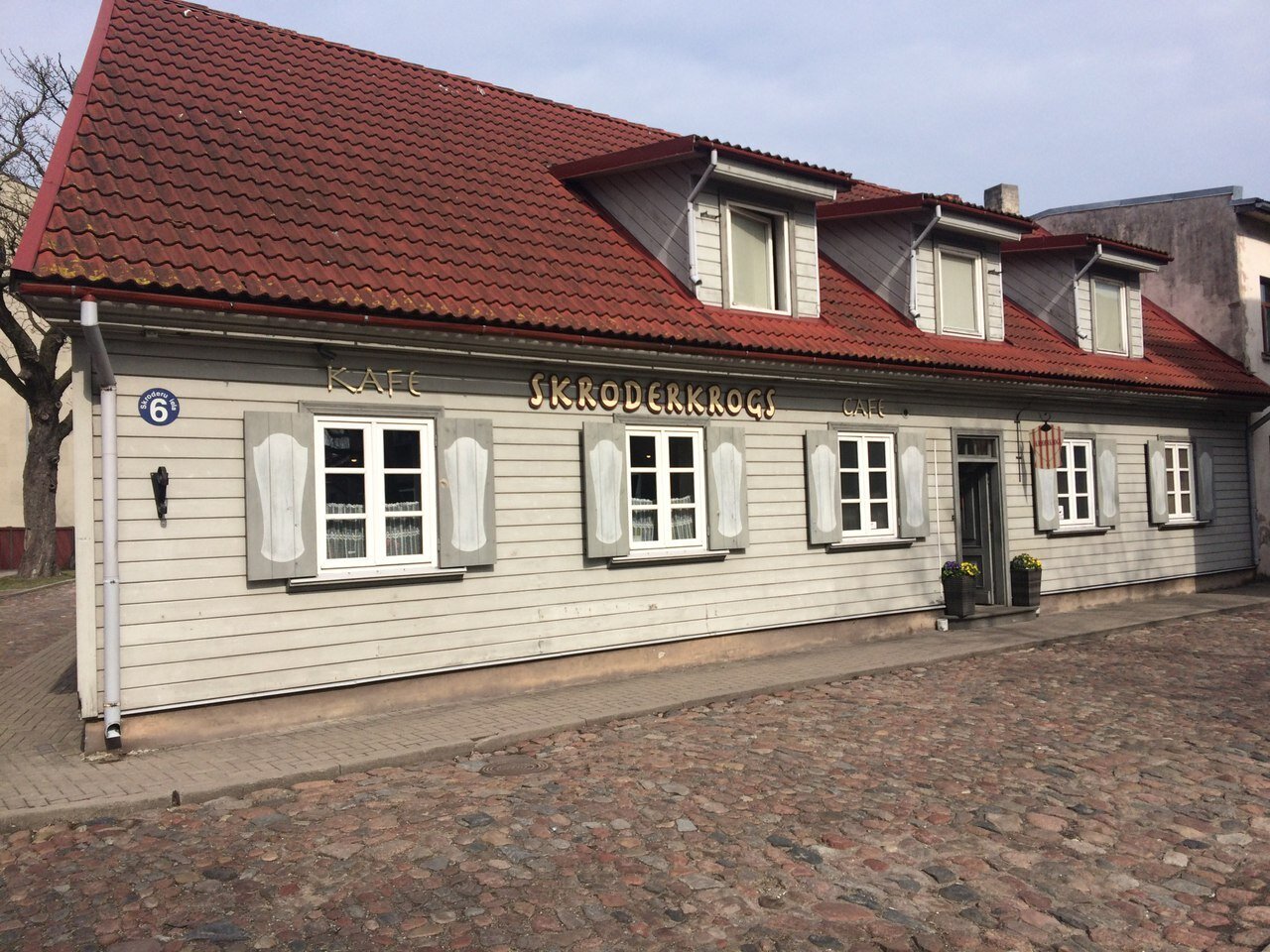
What to do in Ventspils:
- visit the castle museum, where the history of the city is collected;
- to visit the Town Hall and Market Square;
- to walk down Ostas Street;
- down to the South Breakwater;
- find the Ostgals neighborhood with tiny houses and a cobblestone street.
In 2002, the «Cow Parade» was held in Ventspils. After this event, 26 animal sculptures appeared in the city. Later, 20 were sold, leaving six. In 2012, the event was repeated. This time the cow sculptures began to appear after the parade. One of the fun activities is to find a cow and share it on the Internet.
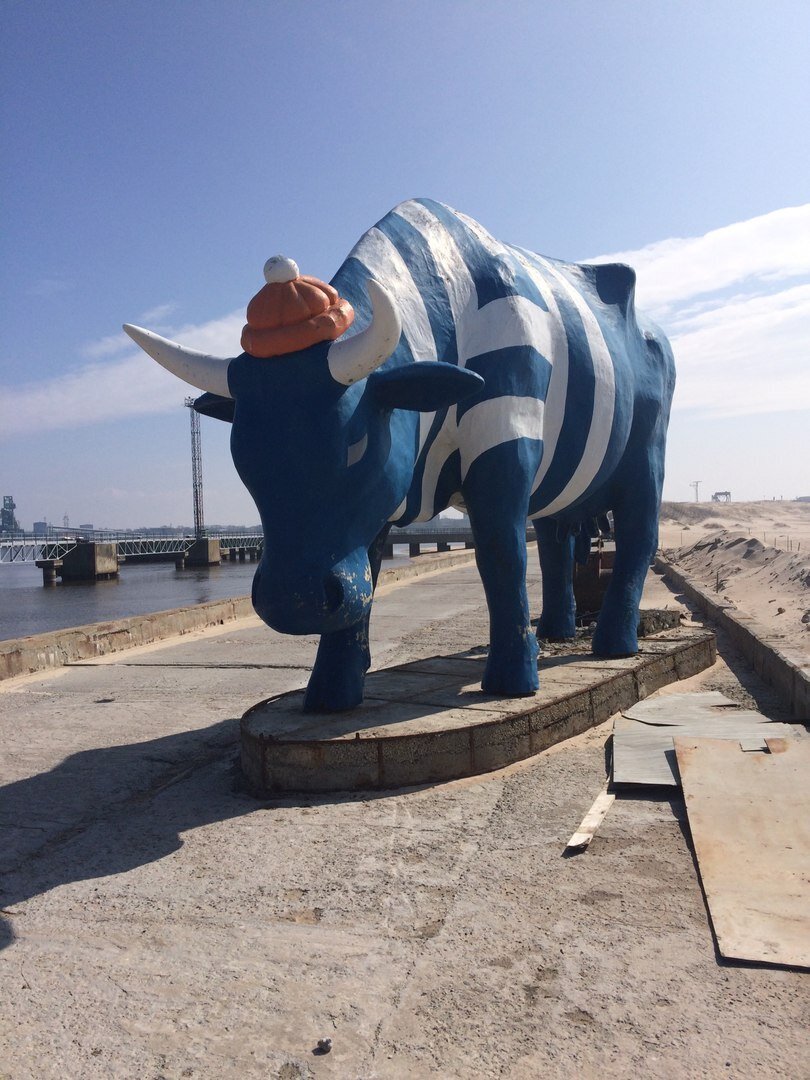
In warm weather Ventspils has a «blue flag» beach. In a storm, high waves rise in the port. It is better to watch them from a safe place.
- How to get there: by bus 186 km from Riga.
- Frequency: 1—3 flights per hour depending on the time of day;
- Travel time: 3 hours;
- Cost: 7,85 €.
Bauska
The town was founded by Germans and named Marieland. Probably for this reason there are a lot of German tourists there. First came the castle (XV–XVI century), then the settlement around it. The first houses were made of wood, then of stone. The stone buildings are still preserved and some of them have been restored.
What to see in Bauska:
- Bau Castle was badly damaged but has been restored;
- Rundale Palace, former summer residence of the Dukes of Courland (admission 4 € for a short itinerary, 9 € for a visit to the chambers and a walk in the park);
- Bauska town hall of the 17th century;
- A motor museum with retro cars;
- Church of the Holy Spirit.
At the end of the 18th century, Jews settled in Bauska. The Jewish ritual slaughterhouse, clean and neat low-rise buildings remind of that time.
Bauska has been producing beer under the Bauskas Alus brand since 1979. Excursions to the brewery are organized. During the tour you can visit the workshop, see how the grain is processed and how the beer is brewed from it. At the end there is a tasting. The cost of the tour is 7 €.
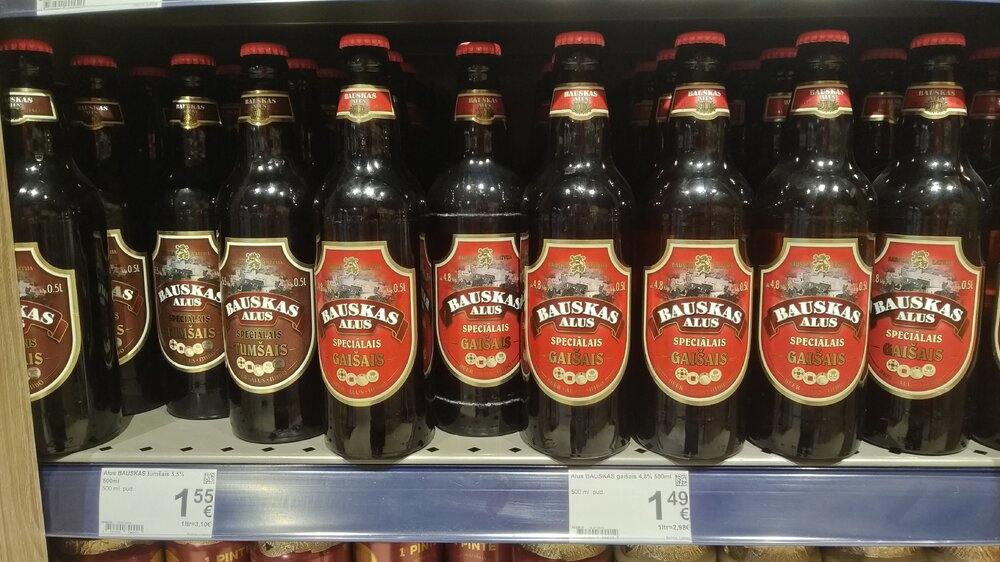
- How to get there: by bus from the main station.
- Frequency: 6:15 to 23:00 1—2 flights per hour.
- Travel time: 1 hour and 10 minutes.
- Cost: 3,05 €.

